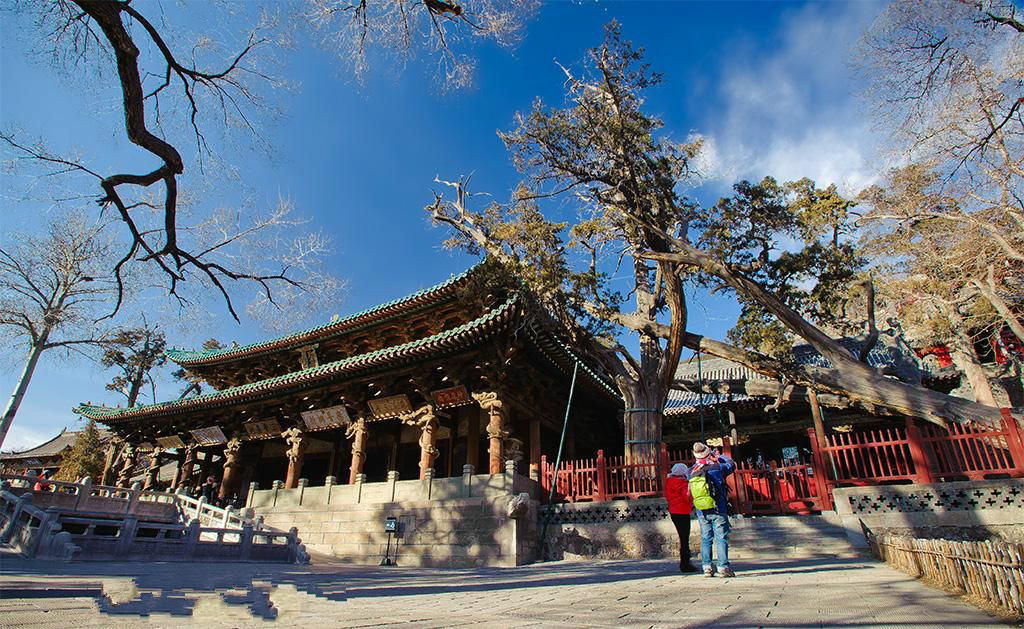Maid sculptures shine in the Jinci Memorial Hall

Maid sculptures, well preserved in the Jinci Memorial Hall, are precious historical records of the Song Dynasty.
Goddess Palace is a magnificent example of architecture in the Song Dynasty, located in the Jinci Memorial Hall, in Taiyuan, Shanxi Province. In the palace, there are 43 painted sculptures of court maids, which are among the greatest sculptures in history. Thanks to efforts by the palace, these Song painted sculptures are well preserved.
During the Song, Liao and Jin dynasties, contradictions between classes and ethnic tensions led to countless wars and battles. People needed spiritual relief and prayed for peace. In this context, Buddhism and Taoism spread far and wide, and Buddhist and Taoist temples were built all over China. At that time, many religious sculptures were built. Shanxi Province is located at the center of Buddhist and Taoist areas, and the art forms involved in temple construction were continuously developed. Religious figures became a key subject of sculptures. Song-painted sculptures inherited the traditional making methods of Tang sculptures, and transformed from religious deification, nationalization and secularization, to realism. In terms of the artistic styles, Song sculptures in Shanxi represented their own unique style—breaking through old traditions and focusing on expressing figurines’ character and emotions. Maid sculptures in the Goddess Palace are a living fossil recording this transition.
People got used to calling these 43 painted sculptures the “Song maid sculptures.” Aside from two small figurines remodeled in the Ming Dynasty, most of the sculptures were made in the Northern Song Dynasty before 1087. These sculptures depict maids’ life in the Song Dynasty court. Some maid sculptures are shown cleaning the floor, and some show singing and dancing. All sculptures were created in different duties, but their appearance was vividly engraved to reflect court maids’ true inner emotion by great Song sculptors.
The group of sculptures in the Goddess Palace represents precious historical records and the focus of research on the chamber of the Song Dynasty. Liu Kaiqu, a great Chinese sculptor and artist, once said that when he stood among these maid sculptures, he could feel their true life. “They’re a gem of Chinese sculptures and occupy an important position in the history of China’s sculptures and art,” Liu said.
